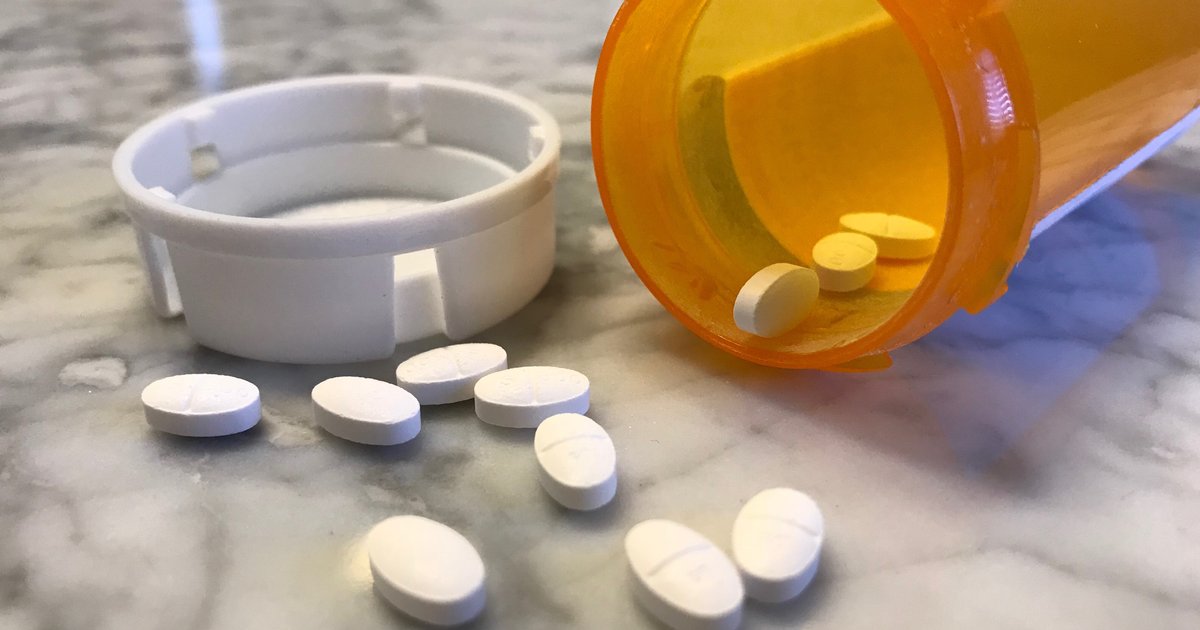Guide To Treating Superficial Thrombophlebitis
Anti-Inflammatory Medication

Anti-inflammatory medication will help reduce swelling in the veins and surrounding tissues. They will also thin the blood to an extent, allowing for blood to flow easier. Anti-inflammatory medications, sometimes called non-steroidal anti-inflammatory drugs, include acetylsalicylic acid, naproxen, and ibuprofen. They can easily be purchased over-the-counter, or a doctor can recommend stronger medications if the need is warranted. Anti-inflammatories work by blocking an enzyme involved in the synthesis of prostaglandins, which cause inflammation and pain. By reducing prostaglandin production, pain and inflammation are also reduced. As with most medicines, it is important to begin with the lowest dose possible to avoid developing side effects such as cardiovascular disease and gut issues.
Elevate The Leg

In combination with applying warm compresses and wearing compression socks, elevating the legs can help ease the symptoms of superficial thrombophlebitis. Essentially, individuals should raise their legs above their heart table or chair. Elevating the leg affected helps increase blood flow from the veins into the rest of the body, and also keeps blood from pooling while sitting in the same position for an extended period. Not only is this helpful in reducing inflammation and improving blood flow, but it also relieves the pressure gravity puts on legs daily. This simple act provides instant relief.
